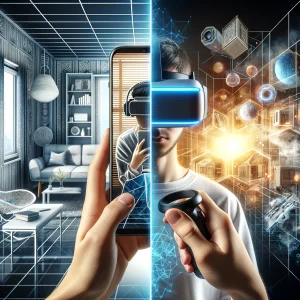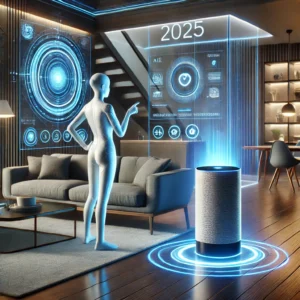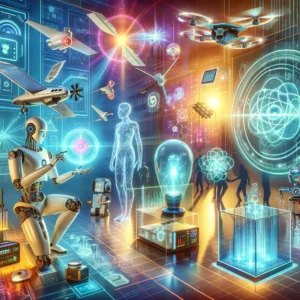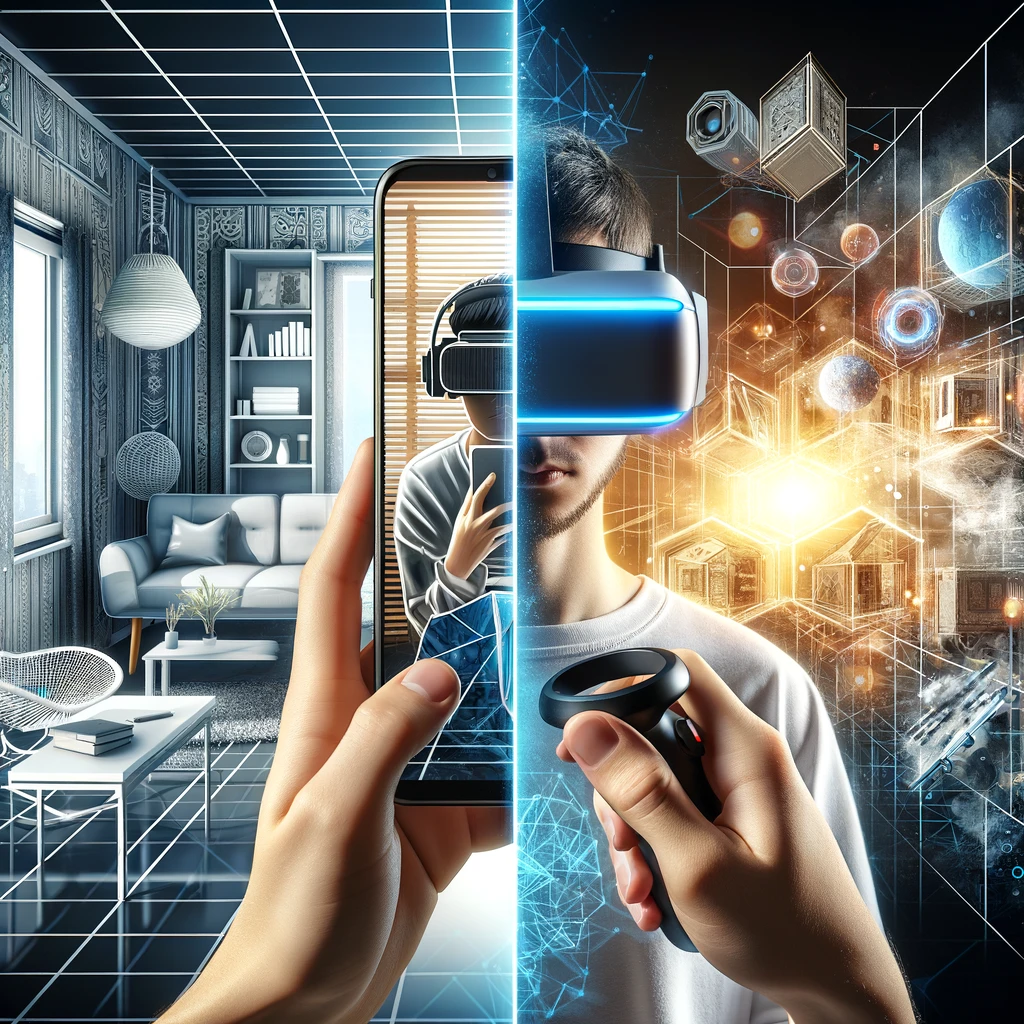
Augmented Reality vs. Virtual Reality: Key Differences and Applications
Introduction
Augmented Reality vs. Virtual Reality: Key Differences and Applications.
Augmented Reality (AR) and Virtual Reality (VR) have become transformative technologies across multiple industries. While both aim to blend the digital and physical worlds, they achieve this in different ways. In this article, we’ll explore the differences between AR and VR, understand their applications, and highlight how they’re shaping the future. Whether you’re a tech enthusiast, business owner, or someone curious about the impact of these innovations, this guide will provide valuable insights.
—
What is Augmented Reality (AR)?
Definition and Core Concepts
Augmented Reality (AR) is a technology that overlays digital content—like images, sounds, and text—onto the real world through devices such as smartphones, tablets, and smart glasses. Unlike VR, which creates an entirely separate reality, AR enhances the existing world with additional layers of information.
How Augmented Reality Works
AR uses sensors, cameras, and specialized software to analyze and interact with the physical environment. For instance, a mobile AR application can use the camera on a smartphone to project digital objects onto real-world surfaces, creating a blend of physical and virtual elements.
Key Components of AR:
1. Sensors and Cameras: Capture information about the physical world.
2. Processing Power: Analyzes the real-world environment and makes sense of where digital elements should be placed.
3. Projection Display: Allows users to see the AR content, often through a device screen or AR glasses.
What is Virtual Reality (VR)?
Definition and Core Concepts
Virtual Reality (VR) immerses users in a completely digital environment, cutting them off from the physical world. Using VR headsets or special goggles, users can explore and interact with 3D virtual environments, often designed to feel as real as possible.
How Virtual Reality Works
VR relies on headsets equipped with lenses that project images to create the sensation of depth and space. Motion sensors track head movements, while controllers allow users to interact with the digital environment, enhancing immersion.
Key Components of VR:
1. VR Headsets: Provide an all-encompassing view of the digital world.
2. Tracking Sensors: Detect body movements, allowing the VR environment to adjust accordingly.
3. Controllers: Enable interaction with the virtual surroundings.
READ ALSO: The Ultimate Guide to Choosing a Gaming Laptop in 2024
—
Key Differences Between AR and VR
—
Applications of Augmented Reality
1. Retail and E-commerce
AR allows customers to visualize products before buying, especially helpful in industries like furniture and fashion. Retailers like IKEA have AR apps that let users see how furniture will look in their homes.
2. Education
In education, AR enhances learning by overlaying information onto physical spaces or objects, creating interactive and engaging experiences. AR apps can turn textbooks into 3D learning experiences, making subjects like history or science more tangible.
3. Healthcare
AR aids healthcare professionals in everything from surgical planning to patient diagnosis. For instance, surgeons can use AR to see inside a patient’s body, providing more accuracy during procedures.
4. Navigation
AR is now used in navigation apps to overlay directions and landmarks on a live camera view, guiding users more intuitively than traditional maps.
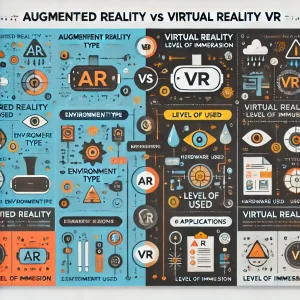
Applications of Virtual Reality
1. Gaming and Entertainment
Gaming is VR’s most prominent industry, where users can experience immersive gameplay. Titles like “Beat Saber” and “Half-Life: Alyx” showcase VR’s potential in creating engaging virtual worlds.
2. Training and Simulation
VR provides a safe environment for training, particularly in fields like aviation, military, and medicine. Trainees can practice complex tasks in a risk-free virtual environment, which enhances learning and safety.
3. Virtual Real Estate Tours
VR enables prospective buyers to experience properties remotely, offering 360-degree tours and detailed visuals. This technology is especially beneficial for international buyers or those relocating.
4. Therapeutic Uses
VR is also utilized in therapy, especially for mental health treatments such as exposure therapy, where users confront fears in a controlled environment.
—
Advantages of AR and VR
Advantages of Augmented Reality
Real-World Interaction: AR allows users to stay connected to the real world while experiencing digital enhancements.
Increased Accessibility: Most AR applications are smartphone-based, making it more accessible.
Versatility Across Industries: From marketing to healthcare, AR has applications across diverse fields.
Advantages of Virtual Reality
Full Immersion: VR creates a sense of presence in a digital world, ideal for entertainment and training.
Effective Training Tool: VR allows realistic simulations, beneficial for high-risk fields.
Therapeutic Potential: VR applications in therapy and mental health are showing positive results.
—
Future Trends in AR and VR
1. Enhanced Wearable Devices
Both AR and VR will benefit from advancements in wearable technology. Smaller, lighter, and more powerful devices are expected, leading to more immersive and accessible experiences.
2. Integration with Artificial Intelligence (AI)
AI-driven AR and VR applications are likely to make interactions more personalized and responsive, such as VR experiences that adapt based on user responses or AR filters that improve in real-time.
3. Widespread Adoption in Education
With remote learning on the rise, AR and VR can bridge the gap, providing interactive and immersive educational tools. This is especially relevant for STEM education, where virtual labs and simulations can enhance learning outcomes.
4. Expanding Use in Retail and Marketing
AR will continue to play a role in enhancing shopping experiences, with virtual try-ons and product visualizations becoming mainstream in e-commerce.
—
Conclusion
Augmented Reality and Virtual Reality, though often discussed together, offer unique experiences that serve different purposes. While AR integrates digital elements into the real world, VR offers a complete immersion in a virtual environment. As AR and VR technology continues to develop, their applications across industries will only grow, promising exciting new ways to engage, educate, and entertain.
For businesses and consumers alike, understanding these differences and applications is essential as AR and VR become part of our daily lives. Whether you’re looking to use AR for a marketing campaign or VR for a training module, these technologies provide incredible potential.
